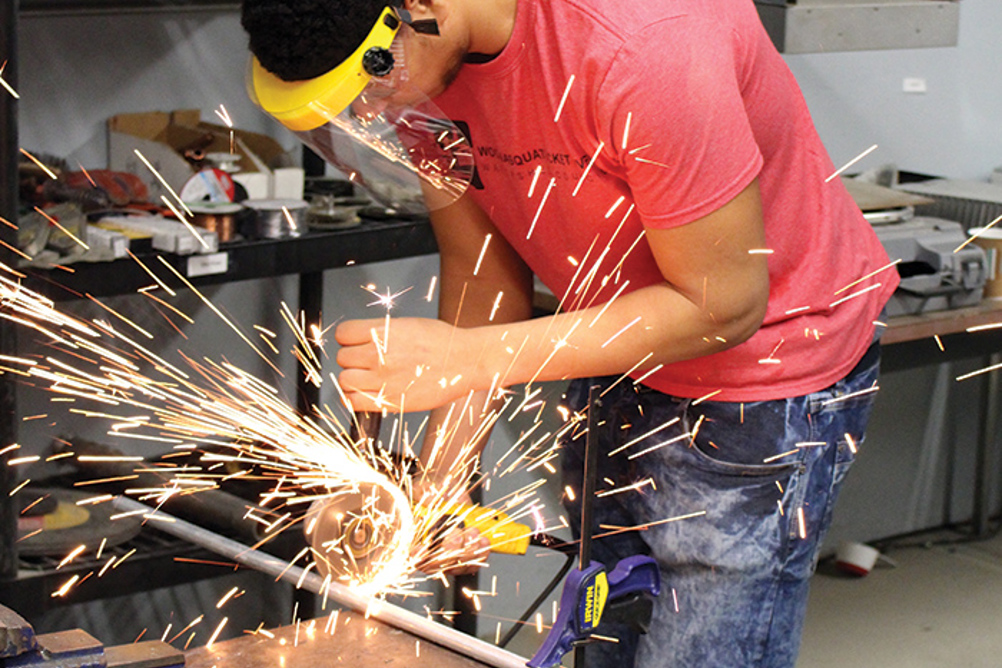
Over the past decade, a growing number of educators believe part of the problem lies with the way the mainstream school system is designed. In the US, new approaches have emerged that offer more tailored, vocational schooling for pupils, many from disadvantaged backgrounds.
SOCIAL AND POLICY CONTEXT
American high schools have been the focus of national attention for decades because of low graduation rates - particularly among non-white pupils - and performance that lags behind international peers. Amid widespread calls for education reform, there has been a growing rejection of the typical large, impersonal and bureaucratic comprehensive US high school, with more smaller schools being built.
Register Now to Continue Reading
Thank you for visiting Children & Young People Now and making use of our archive of more than 60,000 expert features, topics hubs, case studies and policy updates. Why not register today and enjoy the following great benefits:
What's Included
-
Free access to 4 subscriber-only articles per month
-
Email newsletter providing advice and guidance across the sector
Already have an account? Sign in here

